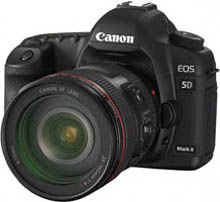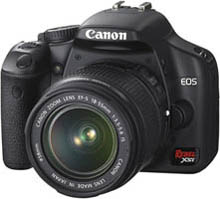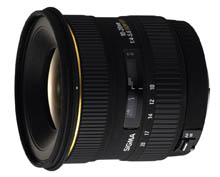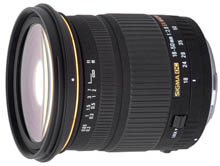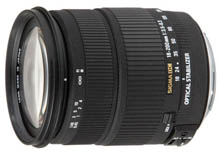About this page
As I created this page, I seen wordpress pages using a lot of plugins that I like, but I could not find which plugins they were. So to maybe helps some of you, here is a list of what I use on this page:
- WordPress – the whole site is a classic wordpress instalation
- ProPhoto theme (no longer used) – the theme I use is a ProPhoto theme. You can find info about it here http://www.prophotoblogs.com/
- Phrase theme – the new theme, currently used, more info here http://themeforest.net/item/phrase-responsive-wordpress-blog-theme/4265568
- Before/After Pictures – plugin used to show comparisons between original and HDR images
- Google Maps v3 Shortcode – plugin used to insert the location maps into posts
- Social Media Widget (no longer used)– plugin for the social media icons on top of the sidebar
- Zilla Social – plugin for the social media icons on top of the sidebar
- Zilla Share – plugin used for the share buttons in each post
- WordPress Popular Posts – plugin used to show the list of popular posts in the sidebar
- Related Posts Thumbnails (no longer used) – used to show the related posts on each post page
- Generate Post Thumbnails – used to generate thumbnails all at once
- Use Avatar – used to add an avatar image to the user profile
ProPhoto theme Discount code
If you like the theme this site used, the ProPhoto theme, you can use this discount code MPET8715 ang get a 10$ discount on it :)
Info about the theme and prices can be found here http://www.prophotoblogs.com/

Page evolution
This is a little look at all the versions of my blog, how it looked over the years :)

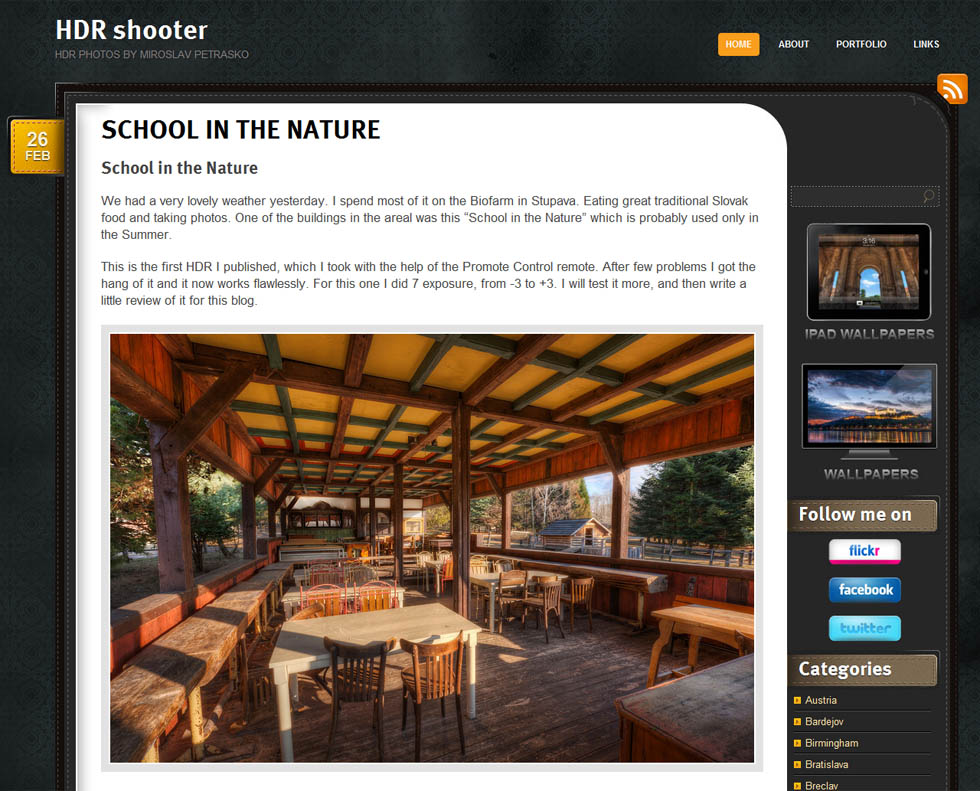
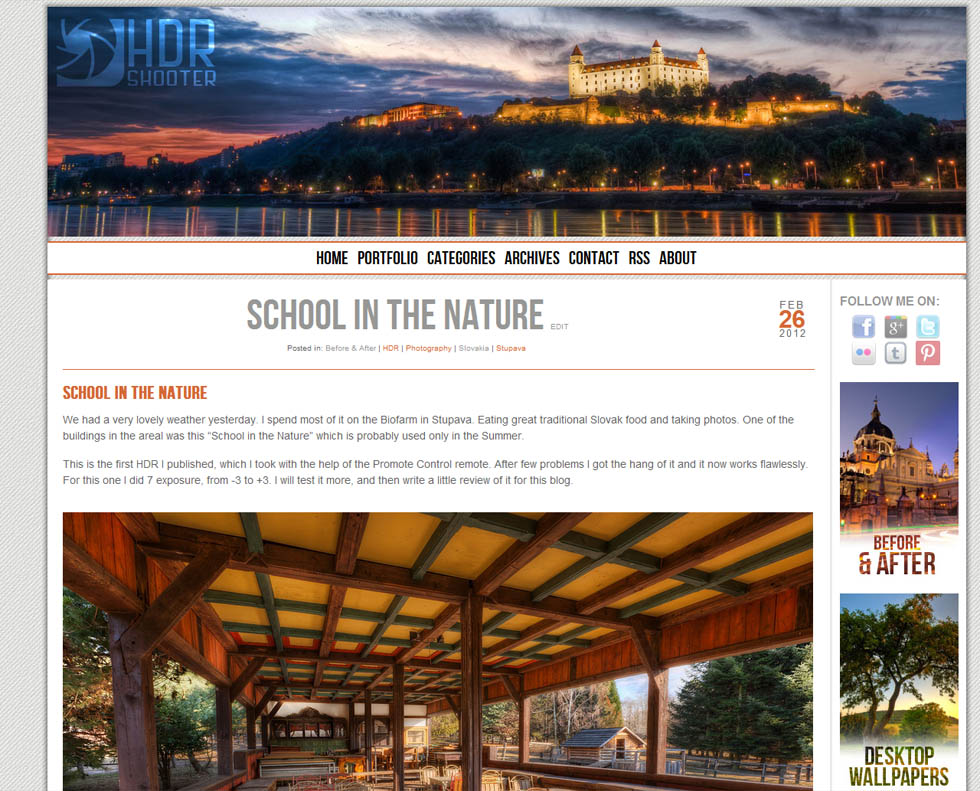
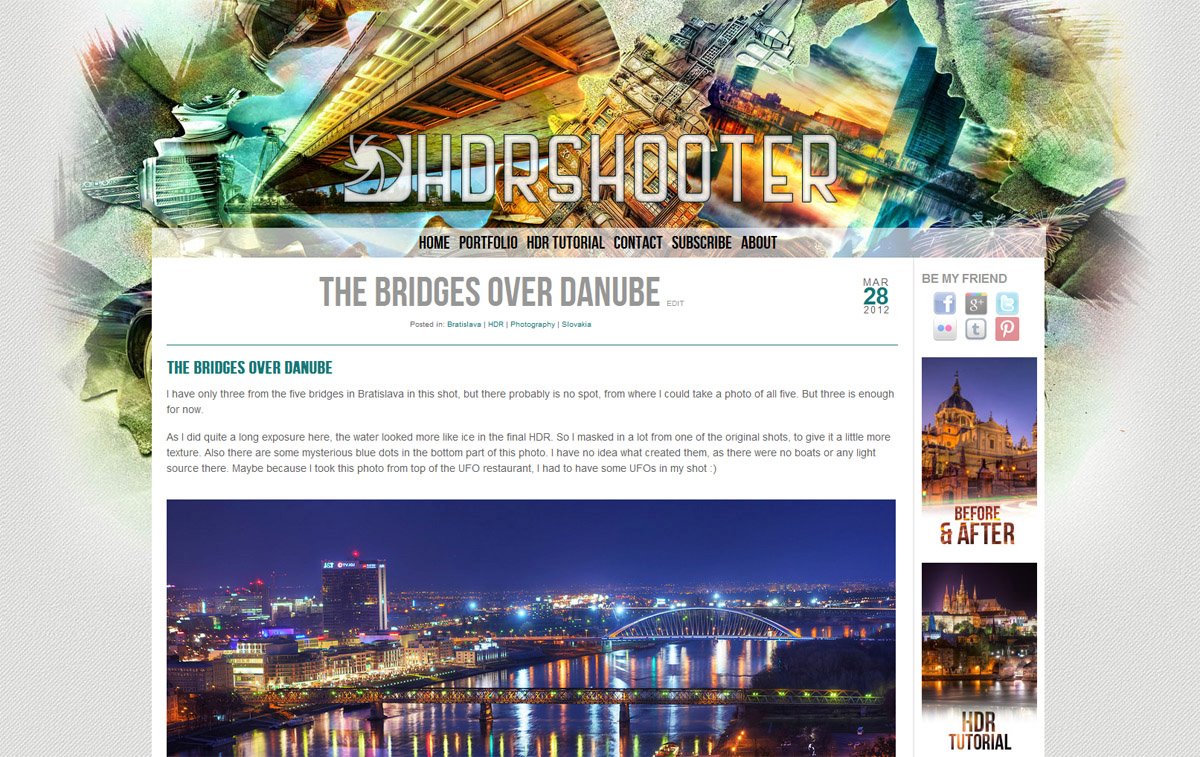
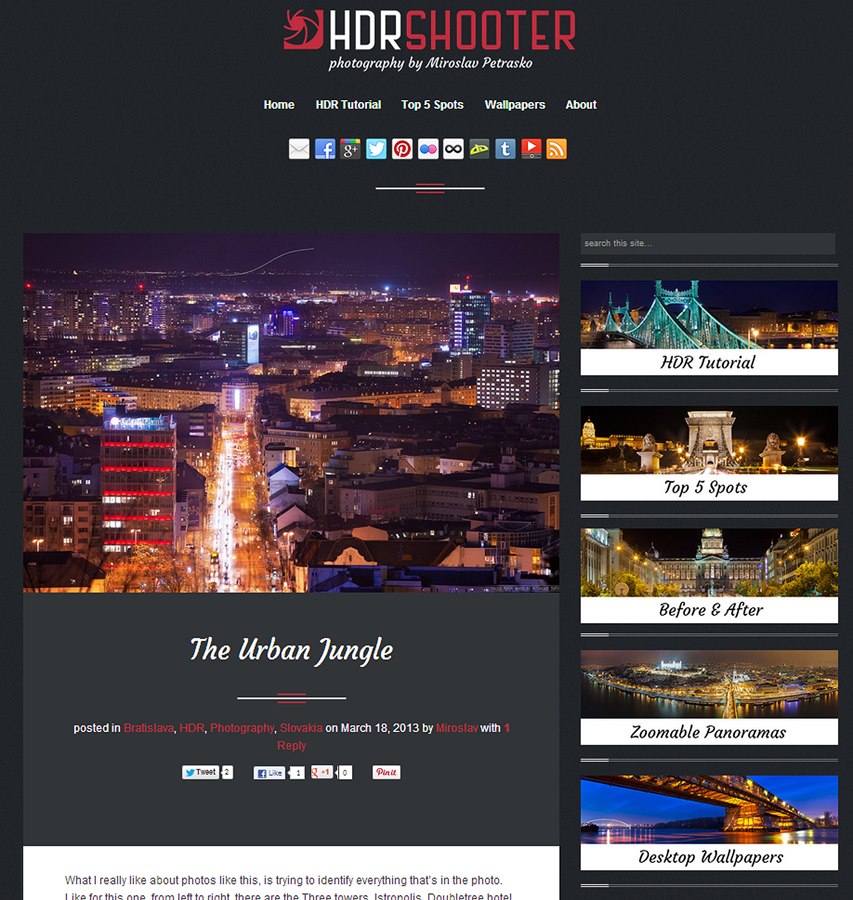
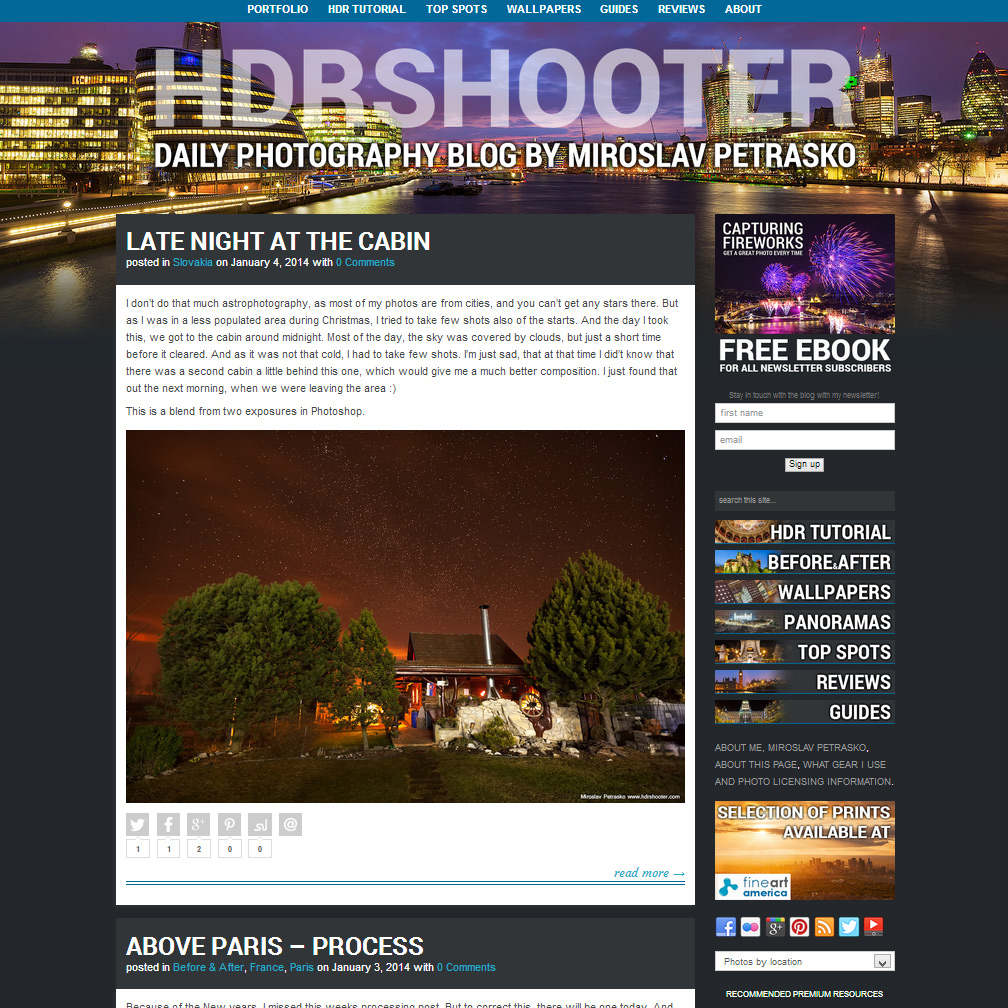











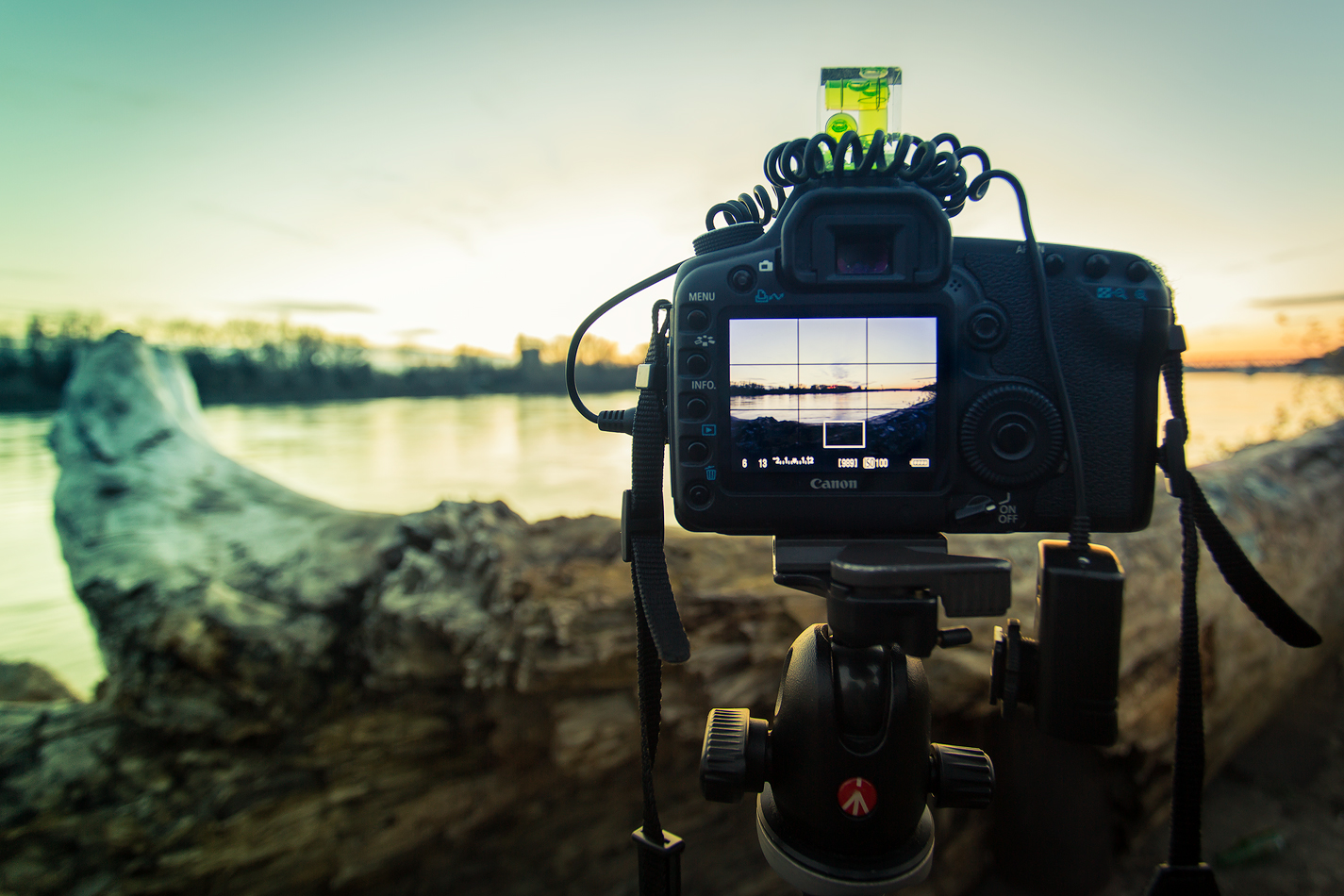

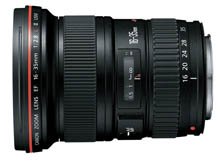
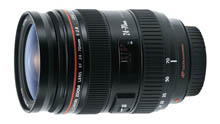
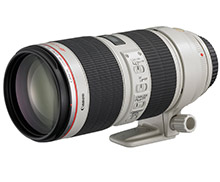
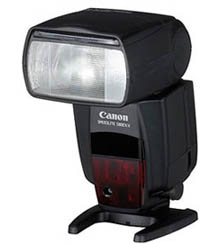
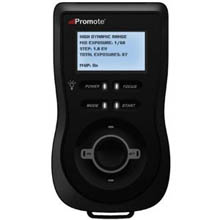
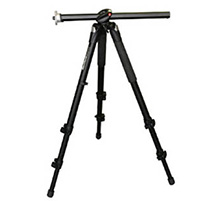 Manfrotto 190XproB tripod
Manfrotto 190XproB tripod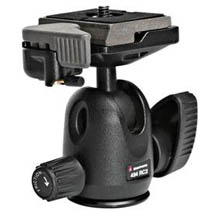
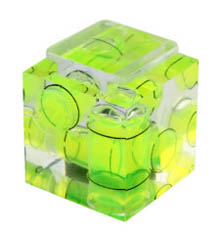
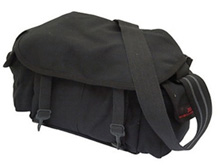
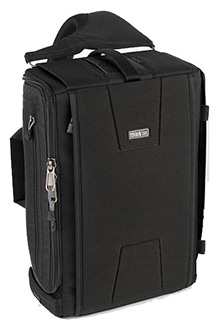
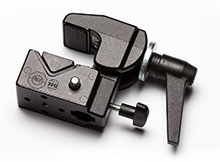
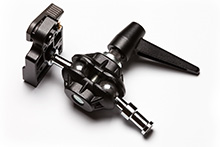
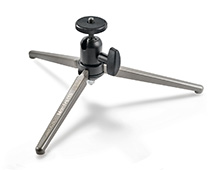
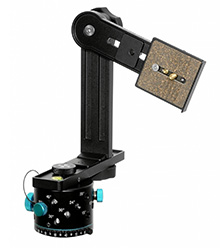 Nodal Ninja 4 Panoramatic head
Nodal Ninja 4 Panoramatic head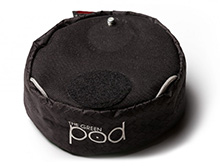 The Green pod
The Green pod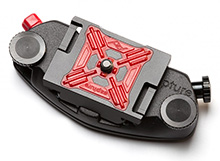 Peak design Capture Pro
Peak design Capture Pro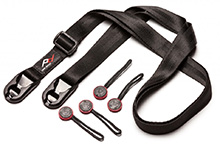 Peak design Leash
Peak design Leash Radian motion device
Radian motion device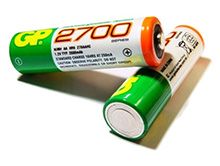 GP 2700 AA rechargable bateries
GP 2700 AA rechargable bateries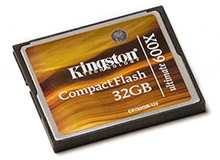 Kingston CF memory card
Kingston CF memory card